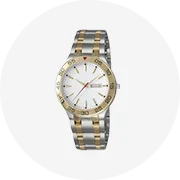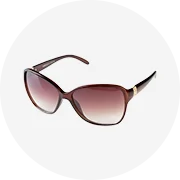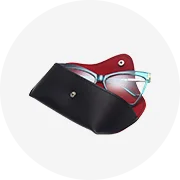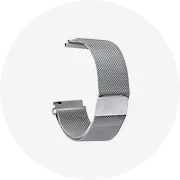A multifocal lens benefits people suffering from presbyopia and other refractive errors, such as astigmatism and myopia. Multifocal contacts come in several types, depending on the location of the lens' powers, to determine the pupil adjustment required to see at varying distances. People should consult an ophthalmologist or optician to help decide which multifocal contact lenses they should wear. Self-prescription won't work and may make matters worse.
How a multifocal lens works
Multifocal has three types: bifocal, trifocal, and progressive. People who wear this type of lens are those who have several activities. For instance, they check the road signs while driving; then stop to look at their phone's GPS. A bifocal contact lens has a top section consisting of the primary refractive error and a lower part for presbyopia treatment. It has a clear division between the areas. However, some individuals prefer smoother transitions and opt for progressive contact lenses.
People wearing contact lenses may opt for the concentric type defined by vision correction rings instead of the traditional section. They prefer soft contact lenses, but if they have a particular eye problem, their doctor may prescribe hard multifocal cataract lenses. However, ophthalmologists rarely recommend them because soft contacts promote better oxygen flow to the cornea.
Pros and cons of a multifocal lens
Multifocal lens for cataract is suitable for people who prefer to wear contact lenses because eyeglasses have poor peripheral vision and are heavy. However, the ophthalmologist or optometrist should measure their required power. Multifocal lens glasses are also for individuals with astigmatism with presbyopia. In addition, they are convenient if they regularly shift between vision ranges during their waking hours. On the other hand, older adults may have multifocal lens problems if they suffer from chronic dry eye symptoms because they will find it uncomfortable to wear contact lenses. In addition, they need an extended adjustment period because they should train their brain to use several lens powers at a time.































 浙公网安备 33010002000092号
浙公网安备 33010002000092号 浙B2-20120091-4
浙B2-20120091-4